I have noticed more investors are talking about “trend following” these days and more traders and advisors are calling themselves trend followers. As a professional portfolio manager who has been applying trend systems to global markets for two decades, one of the most common questions I get asked is “how did you get started?” Specifically, how my investment strategy, risk management, and trend systems evolved over time.
I’ll explain it here, so you know where I am coming from.

Why do you think we learn math by hand before using a machine?
We learn to do the math manually because it teaches us the basics before we use a computer. We learn to ask the right questions, turn problems into math formulas, then do the calculations. By working it out manually by hand, we get a feel for the math, an instinct for it.
I learned trend following the same way.
What is trend following?
“Trend following or trend trading is a trading strategy according to which one should buy an asset when its price trend goes up, and sell when its trend goes down, expecting price movements to continue.”
My first introduction to the term “trend following” was John Murphy‘s Technical Analysis of the Financial Markets: A Comprehensive Guide to Trading Methods and Applications published by New York Institute of Finance in 1999. It was the first book I read clearly dedicated to charting price trends and technical analysis.
In the early 1990’s the first book I read on investment and trading was How to Make Money in Stocks: A Winning System in Good Times and Bad by William J. O’Neil. He described a systematic quantitative approach to screen for stocks with high relative price strength, high earnings growth, and then determine the entry and exit viewing a price chart. O’Neil’s research discovered the best stocks display seven common traits just before they make their biggest gains. O’Neil calls his strategy the CAN SLIM® Investment System. The CAN SLIM® system for deciding what to buy is based on things like strong earnings growth, which is believed to be the primary driver of a stocks price trend. Once he has screened for this criteria, O’Neil applies trend following to stocks because he requires them to be in a positive trend.
After researching and applying his investment system for years in the late 1990’s, I wanted to create my own system that fit me. My first interest was to become more advanced in understanding and identifying directional price trends. Naturally, that was the beginning of my extensive research that began with studying every book I could find on technical analysis and completing every training program I could.
I went on to read over 500 books covering a broad range of portfolio management topics including trading, technical analysis, and maths like probability and statistics. I wanted to understand how markets interact with each other, what typically drives trends, and what trends look like. Studying price trends naturally led me to investigate investor sentiment, trading psychology, and investor psychology. I have always had a strong interest in math and I think in terms of systems and algorithms, so fifteen years ago I shifted from looking at charts visually to testing and developing trading systems based on price trends.
By 2006, I had already been testing and developing quantitative computerized trading systems for a few years, but I was still also working on the craft of charting and CAN SLIM®. In 2006, I flew out to Santa Monica, CA to attend the first CAN SLIM® Masters Program training with O’Neil and his portfolio managers and passed the exam for the CAN SLIM® Masters certification. I also had become skilled at all kinds of charting including bar charts, point & figure charting, and candlestick charting. I believe becoming a craftsman at all of these different methods provided me with unique skills to understand price trends, how markets interact, and developing computerized trading systems.
I have spent over two decades fully immersed in learning about methods of identifying trends and systems and how to trade them across multiple time frames and multiple markets. My own experience started with basic charting, evolved with more technical analysis tools, then I developed computerized trading systems based on the knowledge and skills I cultivated. Reading books (or writing them) only discovers knowledge. The only way to develop skill is through the intentional practice of actually doing it.
Before I share one of the first things I read on trend following, I want to explain there is more than one way to execute a trend system.
Whether you are an investor who invests in an investment program or a trader who makes the portfolio management decisions in an investment program, you have to choose which fits you and your own beliefs. I can only tell you what I believe. What you believe is true, for you. As I have been successful doing what I do, I can only tell you that the key to success if finding what fits you. Reading information like this is intended to help you decide what you believe and what you don’t believe.
I see tactical traders applying two main methods for trend following.
Some of them say they are “rules-based” others say they are “systematic”, but we don’t often see them say they are “discretionary” even if they are. Here is how I see it.
Discretionary trend following trading and investment decisions can include a wide range of operations, but I’m specifically talking about a discretionary trend follower. A discretionary trend follower is someone who looks at a chart, sees the signal, sees that it looks right, and pulls the trigger. The discretionary trend follower may be rules-based and may have a systematic process, but the discretionary trend follower is ultimately making the decision to buy or sell.
Systematic trend following trading and investment decisions apply a set of rules and procedures for trading and investment decisions. To me, a trend follower can be systematic but also be discretionary. A systematic “discretionary” trend follower may be still discretionary but has rules and a process. For example, they look at a chart, see the signal, see that it looks right, and pulls the trigger. Or, a trend follower can be systematic and automated by a computerized trading system that generates the signals. However, when the professional investment industry says “systematic trading” or “systematic trend following” we usually mean more automated and mechanical.
Automated Systematic trend following is necessarily systematic because it’s when we use a computer program to generate the signals automatically. But, a fully systematic trend follower who is automated has a program that not only generates a trend following signal but also generates trade instructions to the broker. A fully mechanical and automated trend following system is computerized to the point that it enters the trades.
I explained these operational methods so you will know where I am coming from as you read about trend following in a technical analysis book. Which of these you believe is best is up to you. I believe that either discretionary trend following or systematic with automation both have the potential to work. It’s just a matter of which method fits you. There are potential advantages and disadvantages of both methods of application and depending on your personal preference, you’ll see them that way. If you are an investor in an investment program, you need to invest with a portfolio manager that fits your preference. If you are a trend following trader, you may lean toward one or the other.
Some traders simply like looking at charts and making their decision that way. They need to see the signal and see that it looks right according to their rules to get the confidence to execute. Others may not be so skilled at seeing the signal on a chart, or maybe they don’t want to spend their time doing it so we can program a computerized system. It seems many new systematic traders weren’t good at discretionary decisions using charts, so their backtesting makes them feel more confident. Only time will tell if these newer systematic traders will be able to follow their automated systems when they invariably don’t perform as they hoped all the time.
Ultimately, it comes down to beliefs and confidence. If you aren’t confident in your ability to see the signal and execute from a chart consistently, then an automated system may help. Some trend followers gain more confidence seeing the signal and pulling the trigger. Those same trend followers would likely have difficulty executing system generated trades.
I often hear things like “our systematic model removes the emotion”, which is far from the truth. Anyone who believes an automated system will remove their emotional issues will eventually experience a whole new set of emotions they may not have felt yet. But, some have a real problem with pulling the trigger, so an automated system may help if they have someone else execute the trades. For example, a professional money management firm like mine has professional traders who execute our trades. But, this still doesn’t assure anyone the trend follower will be able to follow the system through different market conditions.
If someone lacks the self-discipline required to pull the trigger, execute the trades, and follow whatever systems they follow, no method or automation will help. If a trader or investor lacks self-discipline, that issue has to be resolved another way before they’ll find success.
I know at least 100 or so professional investment managers who have been tactical trading including trend following a few decades. I’ve seen a range of experiences and outcomes. I can tell you that it isn’t easy. The only people who will say it is are those who aren’t actually doing it. Developing an edge either personally as a discretionary trader or through an automated trading system requires a tremendous amount of knowledge, skills, and self-discipline. Few have it, but some of us do. I believe in human performance because I’ve experienced it first hand. It’s like hockey or Indy racing. Anyone can attempt it, but only the most dedicated will achieve long-term success. Rest assured, discretionary or systematic, it’s still a human endeavor as long as it’s their money.
By now, you may be wondering what I believe and what I do.
I do a combination of these. I am Man + Machine.
I started charting over two decades ago and applied what I knew to develop computerized systems fifteen years ago. I still enjoy drawing charts like I share here on ASYMMETRY® Observations to see how trends are unfolding. I have several systems that are fully automated that trade all kinds of markets. I’ve learned a lot from just operating them for so long. But ultimately, I use my systems to inform decisions and generate signals and I have the necessary discipline to pull the trigger by sending instructions to my professional traders who execute my trades. That’s what works for me. What works for others may be different. I know where I am sitting right now and it’s where I want to be.
Without further ado, I present one of the first things I read on trend following published in 1999. As you will see, trend following and technical analysis are related. Trend following uses technical indicators like trend lines, moving averages, directional movement, and momentum to generate signals for following trends.
John Murphy is a well-known technical analyst whose books I have read for over two decades. His first book I read was Technical Analysis of the Futures Markets published in 1986 which was charting applied to commodities futures. One of my first introductions to the “trend following” strategy was John Murphy’s Technical Analysis of the Financial Markets published in 1999. I share the following with permission from John Murphy. He starts with the philosophy or rationale of technical analysis, which has an objective of following trends in hopes they will continue. The rest of the book describes many ways to actually identify trends.
Excerpt from Technical Analysis of the Financial Markets:
“There are three premises on which the technical approach is based:
- Market action discounts everything.
- Prices move in trends.
- History repeats itself.
The statement “market action discounts everything” forms what is probably the cornerstone of technical analysis. Unless the full significance of this first premise is fully understood and accepted, nothing else that follows makes much sense. The technician believes that anything that can possibly affect the price— fundamentally, politically, psychologically, or otherwise— is actually reflected in the price of that market. It follows, therefore, that a study of price action is all that is required.
All the technician is really claiming is that price action should reflect shifts in supply and demand. If demand exceeds supply, prices should rise. If supply exceeds demand, prices should fall.
The technician then turns this statement around to arrive at the conclusion that if prices are rising, for whatever the specific reasons, demand must exceed supply and the fundamentals must be bullish. If prices fall, the fundamentals must be bearish.
Most technicians would probably agree that it is the underlying forces of supply and demand, the economic fundamentals of a market, that cause bull and bear markets. The charts do not in themselves cause markets to move up or down. They simply reflect the bullish or bearish psychology of the marketplace.
As a rule, chartists do not concern themselves with the reasons why prices rise or fall. Very often, in the early stages of a price trend or at critical turning points, no one seems to know exactly why a market is performing a certain way.
While the technical approach may sometimes seem overly simplistic in its claims, the logic behind this first premise— that markets discount everything— becomes more compelling the more market experience one gains.
It follows then that if everything that affects market price is ultimately reflected in market price, then the study of that market price is all that is necessary.
By studying price charts and a host of supporting technical indicators, the chartist in effect lets the market tell him or her which way it is most likely to go. The chartist does not necessarily try to outsmart or outguess the market.
All of the technical tools discussed later on are simply techniques used to aid the chartist in the process of studying market action.
The chartist knows there are reasons why markets go up or down. He or she just doesn’t believe that knowing what those reasons are is necessary in the forecasting process.
Prices Move in Trends
The concept of trend is absolutely essential to the technical approach. Here again, unless one accepts the premise that markets do in fact trend, there’s no point in reading any further.
The whole purpose of charting the price action of a market is to identify trends in early stages of their development for the purpose of trading in the direction of those trends. In fact, most of the techniques used in this approach are trend following in nature, meaning that their intent is to identify and follow existing trends.
There is a corollary to the premise that prices move in trends— a trend in motion is more likely to continue than to reverse. This corollary is, of course, an adaptation of Newton’s first law of motion. Another way to state this corollary is that a trend in motion will continue in the same direction until it reverses.
This is another one of those technical claims that seems almost circular. But the entire trend following approach is predicated on riding an existing trend until it shows signs of reversing.”
He explained the philosophy or rationale of technical analysis, which has an objective of following trends in hopes they will continue. The rest of the book describes many ways to actually identify trends.
As I see it, trend following uses technical indicators to generate signals for following trends.
Mike Shell is the Founder and Chief Investment Officer of Shell Capital Management, LLC, and the portfolio manager of ASYMMETRY® Global Tactical.
You can follow ASYMMETRY® Observations by click on on “Get Updates by Email” on the top right or follow us on Twitter.
The observations shared in this material are for general information only and are not intended to provide specific advice or recommendations for any individual. Investing involves risk including the potential loss of principal an investor must be willing to bear. Past performance is no guarantee of future results.



















































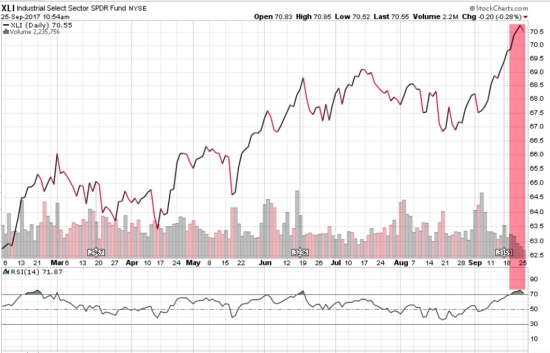





 Source:
Source: 

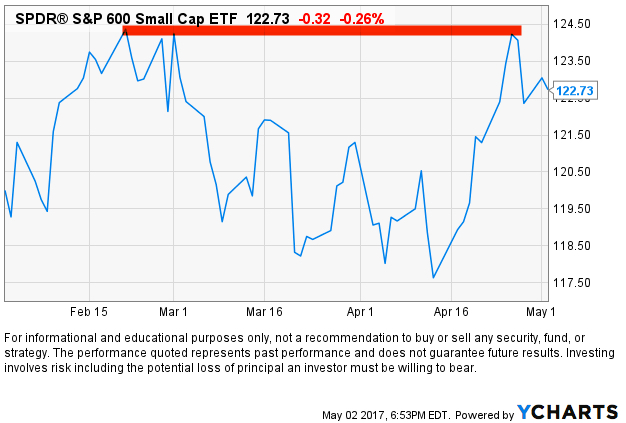


























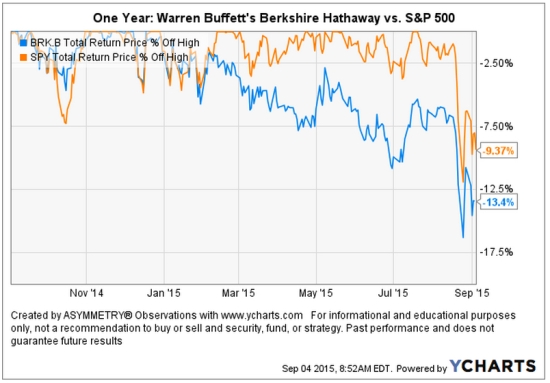






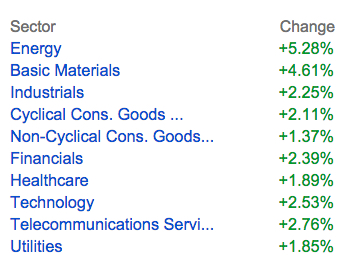







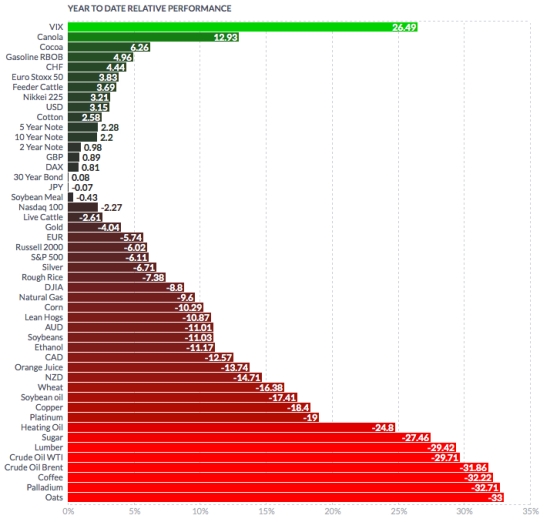







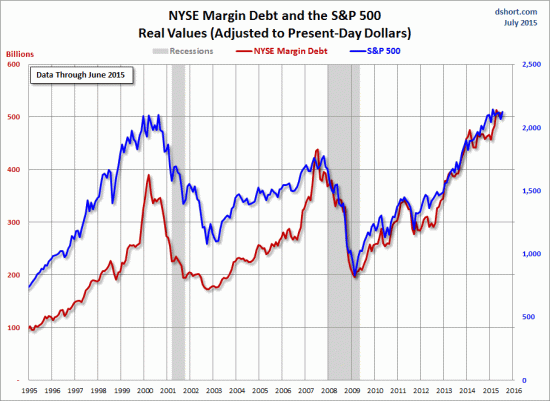


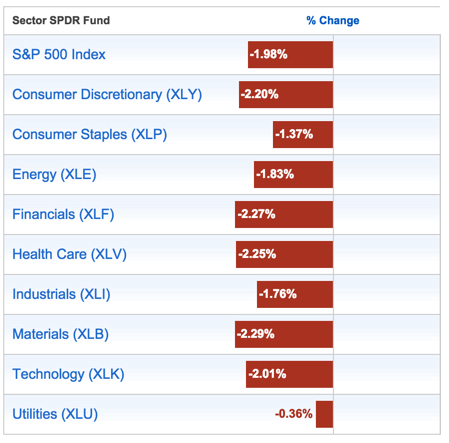

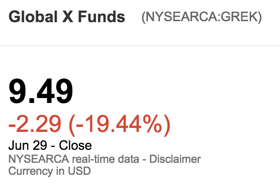
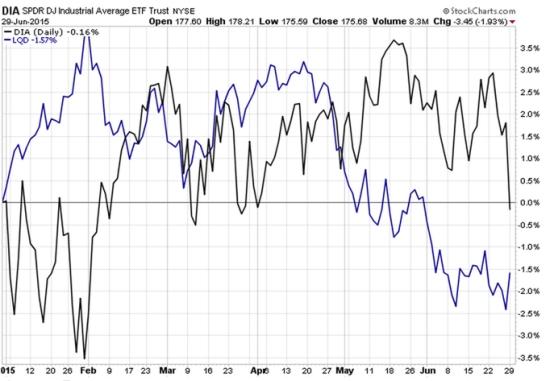
You must be logged in to post a comment.